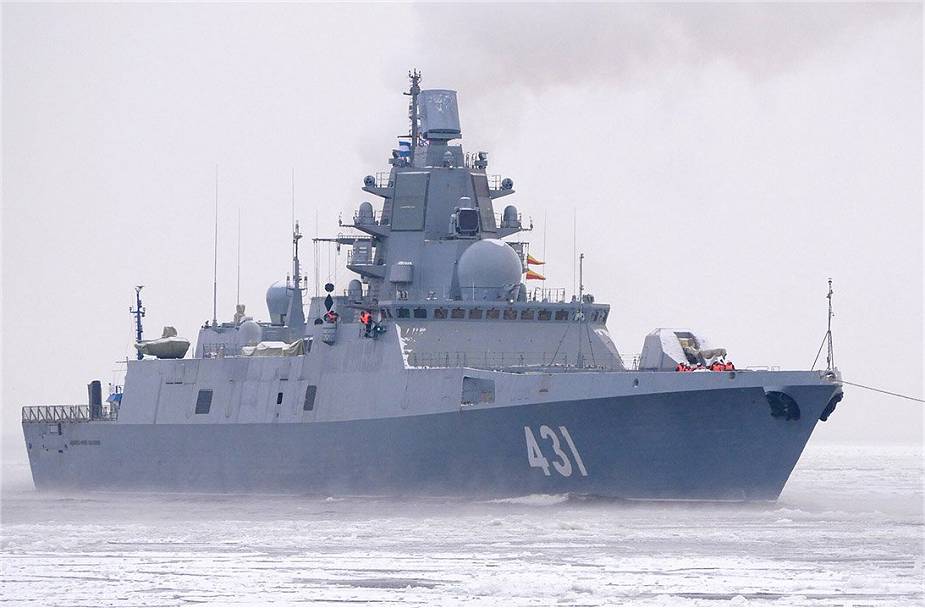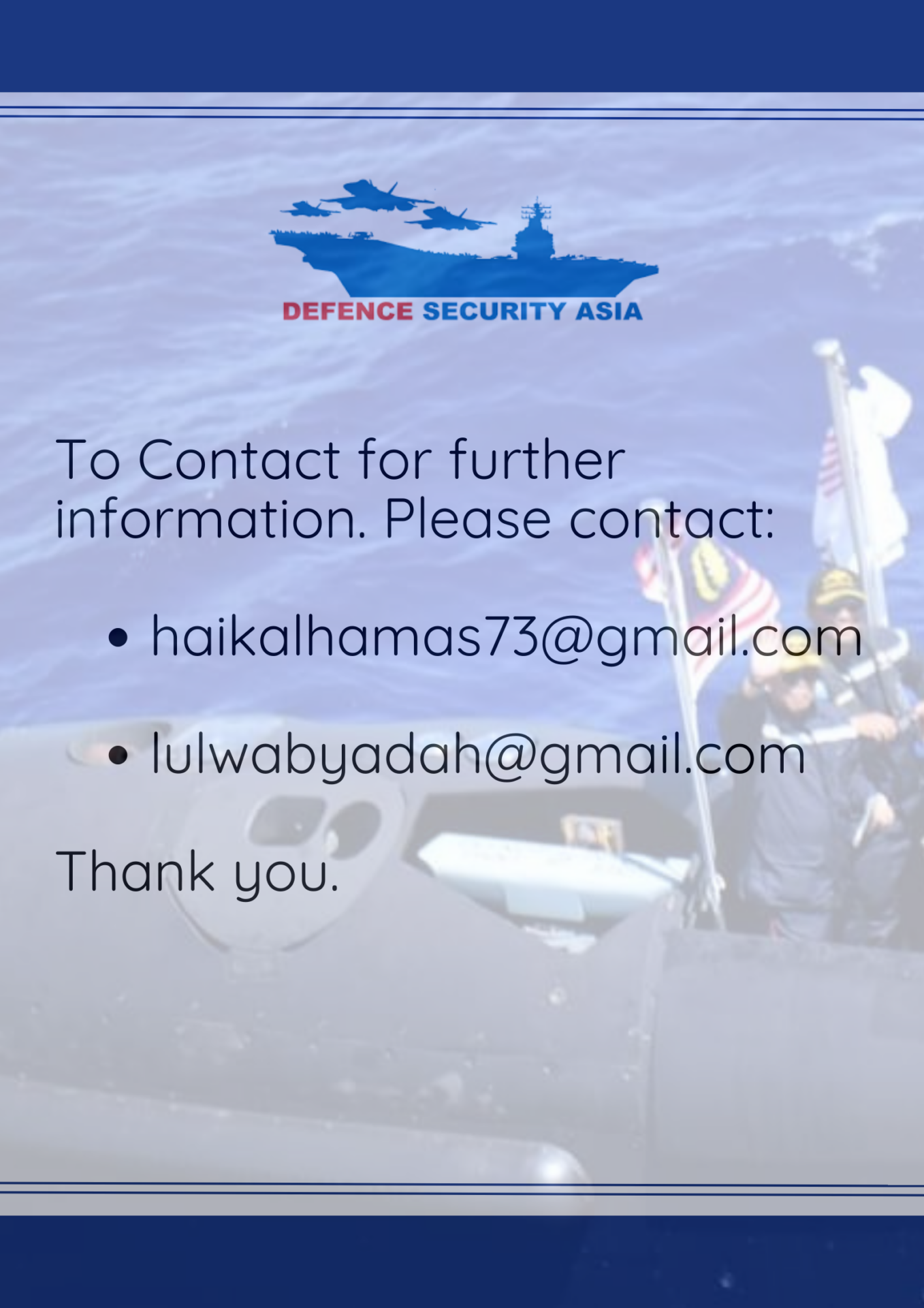Royal Navy Deploys Type 23 Frigate to “Shadow” Russian Naval Group in English Channel
The United Kingdom deployed the Royal Navy's Type 23 Duke-class frigate HMS Iron Duke to shadow the Russian warship RFS Admiral Golovko and its support vessels as they sailed through the English Channel a few days ago.
(DEFENCE SECURITY ASIA) – The United Kingdom deployed the Royal Navy’s Type 23 Duke-class frigate HMS Iron Duke to shadow the Russian warship RFS Admiral Golovko and its support vessels as they sailed through the English Channel a few days ago.
The Russian frigate RFS Admiral Golovko, accompanied by the Vyazma tanker and “research vessel” Yantar, departed from the Northern Fleet base in Severomorsk on November 1, beginning its voyage to several countries around the world.
The Russian warship reportedly conducted various exercises in the Barents Sea, the North Sea, and the Norwegian Sea before entering the English Channel.
The RFS Admiral Golovko is the third Admiral Gorshkov-class frigate in the Russian Navy’s fleet. Commissioned in December 2023 by Russian President Vladimir Putin, it is the newest warship in Russia’s naval forces.
Admiral Gorshkov-class frigates like the RFS Admiral Golovko are equipped with 16 Vertical Launch System (VLS) cells capable of carrying the Mach 9 hypersonic “3M22 Tsirkon” missiles.

These scramjet-powered Tsirkon missiles have a range of up to 1,000 kilometers and are capable of striking high-value targets.
Russia is reported to have already employed Tsirkon hypersonic missiles to target key sites in Ukraine.
The HMS Iron Duke, the versatile Duke-class Type 23 frigate tasked with shadowing the Russian Navy’s warships and support vessels, is a 4,900-ton Royal Navy vessel measuring 133 meters in length, with an operational range of 7,800 nautical miles.
Armed with a 4.5-inch medium-caliber MK8 main gun, Harpoon anti-ship missiles, and Sea Ceptor air defense missiles, the Royal Navy frigate is well-equipped for such missions.
Monitoring and shadowing Russian warships is routine for Royal Navy vessels, a task dating back to the Cold War.

The Russian Navy’s ships have the right of passage through the English Channel, and these transits are generally not viewed as a security threat to the UK.
In most cases, Russian Navy sailings are anticipated and can be closely monitored.
NATO’s extensive intelligence network alerts European military units, with operations coordinated by the Maritime Command (MARCOM) based in Northwood, north of London.
French or Dutch navies typically notify the Royal Navy as soon as Russian warships leave their waters.
Once the shadowing operation begins, NATO ships maintain a safe distance but may occasionally circle the vessel of interest, gathering intelligence.


In addition to visual monitoring, NATO ships collect electronic signals and high-resolution images.
However, electronic intelligence (ELINT) and signals intelligence (SIGINT) rarely yield substantial new information, as much is already known.
Communication with Russian warships during these shadowing operations is usually conducted diplomatically and professionally. – DSA



Comments are closed.